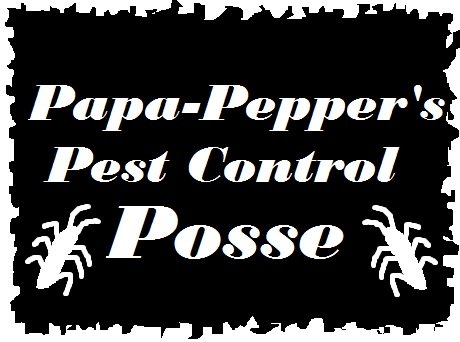
I dream of a restoration upon the earth, where the plants, animals, and people can work together in a beneficial harmony. In this era where it’s getting harder and harder to trust the powers that be, food is one of those necessities that I’m a lot more comfortable taking into my own hands.
With big businesses and governments now messing with genetics of our food supply, drowning it Round-up, and dumping all sorts of chemicals on it, are you really comfortable being part of that experiment? Plus, that’s just when the raw foods are still in the fields. What about the processing of the raw ingredients? When I can only pronounce a half dozen of the ingredients listed on the package, I suddenly become a little nervous.
Unfortunately, a lot of the good, natural methods of growing foods are now getting more and more uncommon, and it is a constant battle to attempt to produce a good healthy crop without the use of chemicals.
Below, you will find some of the garden helpers that I have enlisted in my war against the garden pests. I find these to be a much more wholesome and natural solution to the undesired insects in the garden than insecticides and pesticides.
TOADS
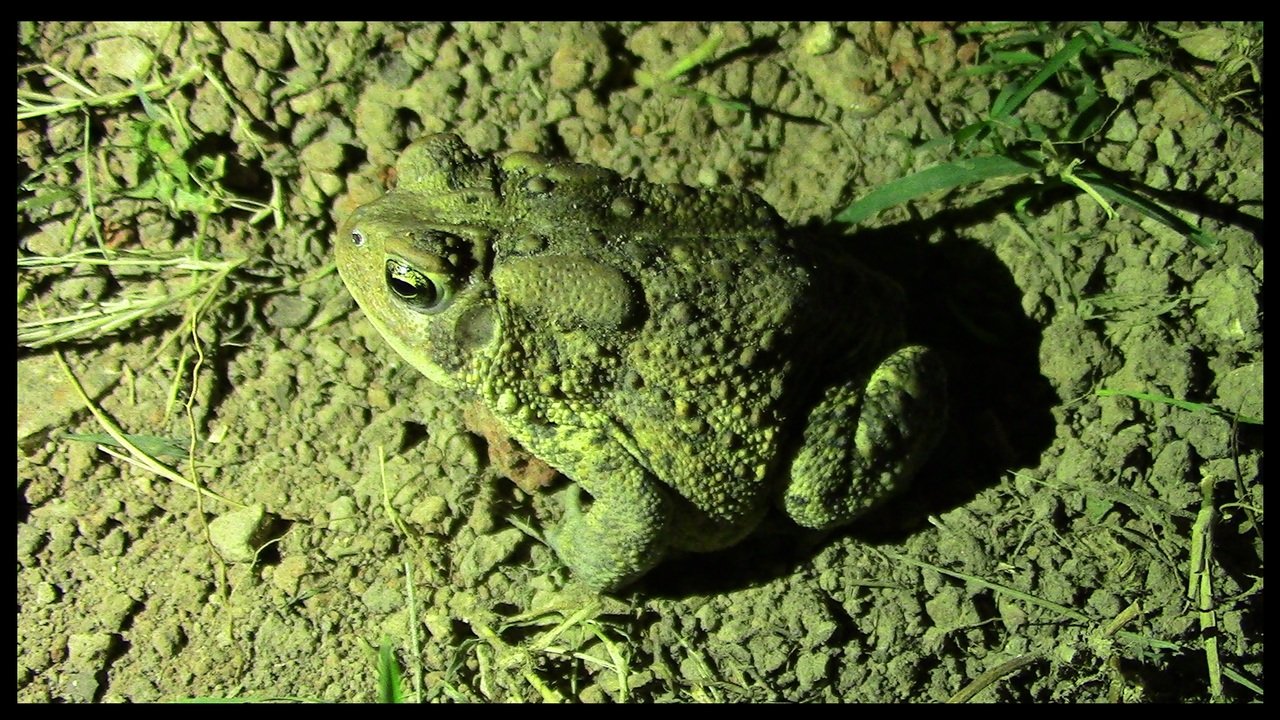
Toads are a great amphibian to have around. Often they are easy to find, especially under lights at nighttime, and once you give them a good home, they’ll stick around until the food supply runs out. As it pertains to gardening, if their food supply runs out, you can call the Toad Pesticide Service a success.
Though toads will eat worms, the majority of their food supply comes from less useful critters. Since about anything that moves and can fit in their mouths is fair game, toads can gobble up a lot of bugs and garden pests. My favorite pests on the menu are slugs and grubs. Any animal that will eat a slug is definitely a gardener’s friend.

We like to find random toads and relocate them to our garden. To encourage them to stay, I like to build little rock piles around the garden. Some companies actually make little toad huts that you can purchase and put in the garden, but it is not that hard to just put together something that provides them with some shelter.
PRAYING MANTISES

Yes, using bugs to eliminate bugs! Make them fight it out for your benefit! What more could a gardener want?
The Praying Mantis is an incredible insect, and there are over 2000 species worldwide. If you’ve got some versions in your area, you may want to consider enlisting them in your “War on Pests” initiative in your garden. The benefits of these creatures is actually being marketed too, as several online sources exist for ordering your own egg sacks, which can contain up to 200 babies when they hatch. A small army indeed.
Though the look like intelligent crazy little aliens, and can be a little intimidating, Praying Mantises rule at effective bug control. They will basically eat any small creature, as long as it is alive, and their prey includes caterpillars, flies, locusts, and grasshoppers. Anything that they can sink their teeth into can be eliminated. I don’t think I’ve ever found one in the past year that hasn’t ended up in the garden. The one pictured was relocated to our garden last night.
LIZARDS

Lizards are another option of wonderful and beautiful creatures that can be used to benefit your garden. This one pictured is a Five-lined Skink.
Lizards tend to run around everywhere outside in some areas. Often, when they are heated up by the midday sun, they are super quick and hard to catch. Of course, we still catch our share, but it may be easier to simply attempt to attract some to your garden.
A presence of edible bugs usually does a pretty good job anyway, as does the lush vegetation, but a few simple additions can provide some good shelter and habitat for these incredible little critters.
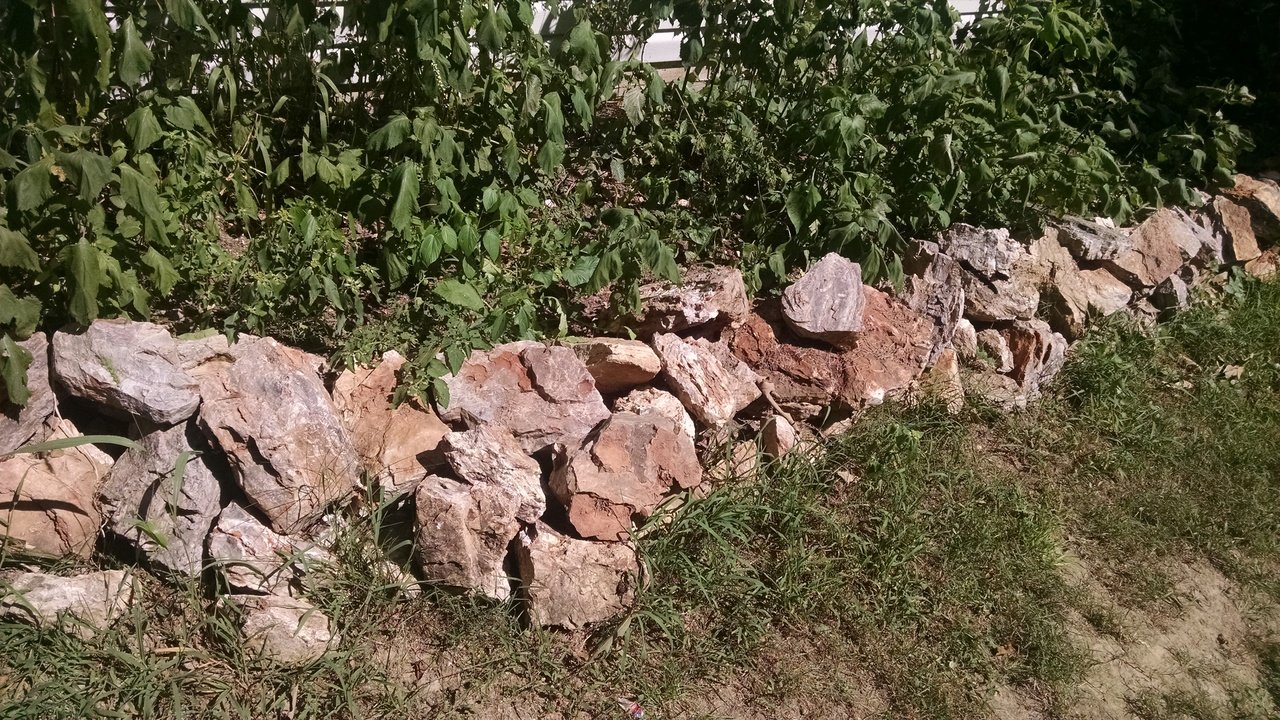
Since I enjoy rough and rustic landscaping anyway, rock borders are one simple way to provide some excellent habitat and add some beauty to the yard. Lizards like to have a lot of little nooks and crannies to hide in, so any structure that provides a good hiding place is likely to encourage a passing lizard to stop and stay a while. Then, while they are there, they can grab a quick bite, and gobble up some of the pests roaming around your garden.
SNAKES
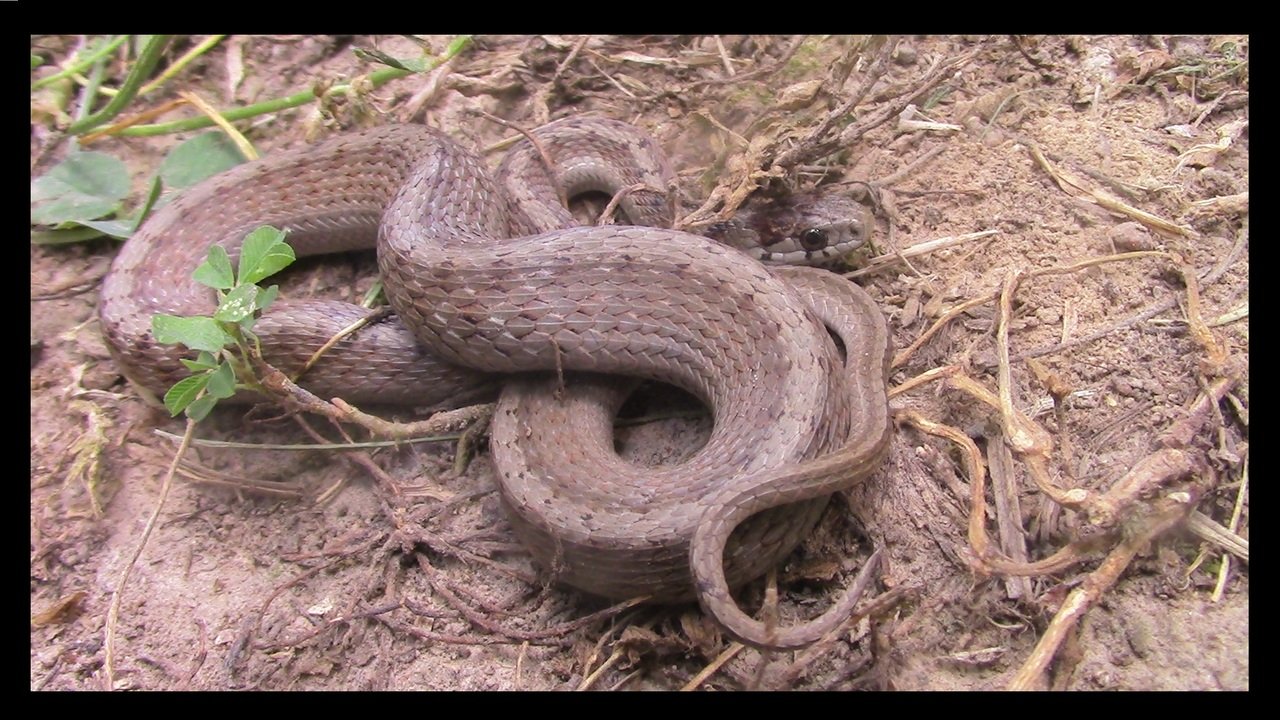
Of course, building rock piles or rock borders can also encourage snakes to set up residence on your property, or in your garden. I remember a rock retaining wall that my uncle had at his house that was just full of snakes. Now, opinions vary, but I’ll share why I think that this is a good thing.
First of all, the majority of snakes in my area pose no threat to my family. Additionally, they play a vital role in the ecosystem. From the little snakes that will eat various insects to the larger snakes that will eat the mice, rats, and other larger pests, each snake has a niche to fill.
Venomous snakes are one important variable to consider. Is it worth putting structures in place, or allowing habitat to remain on your property, that may be able to house venomous snakes? For me, the answer is simple. First of all, if there are enough larger snakes that are able to eat the venomous ones, like kingsnakes, the potential of encountering a venomous one are greatly reduced. Secondly, right now I am the most frequent visitor to my garden. Though my children are aware of how to handle snakes, they know that they are not allowed to grab any wild snake, even if they know that it is “safe.” If we have built up some potential habitats for the venomous snakes in the garden, then probability is in favor of me encountering it, and not someone else.
Time and time again, I have been called in by very small children to deal with Pygmy Rattlers. The children did an excellent job and reacted properly, and no one was hurt in the end, not even the snakes. Also, these specific occurrences happened around some permanent structures that had nothing to do with rock piles or gardens, but I would expect the same results if they encountered one in the garden.
For those of you who know and understand snakes, I’m sure that you can agree, they are easier to have around than an infestation of mice and rats.
POULTRY
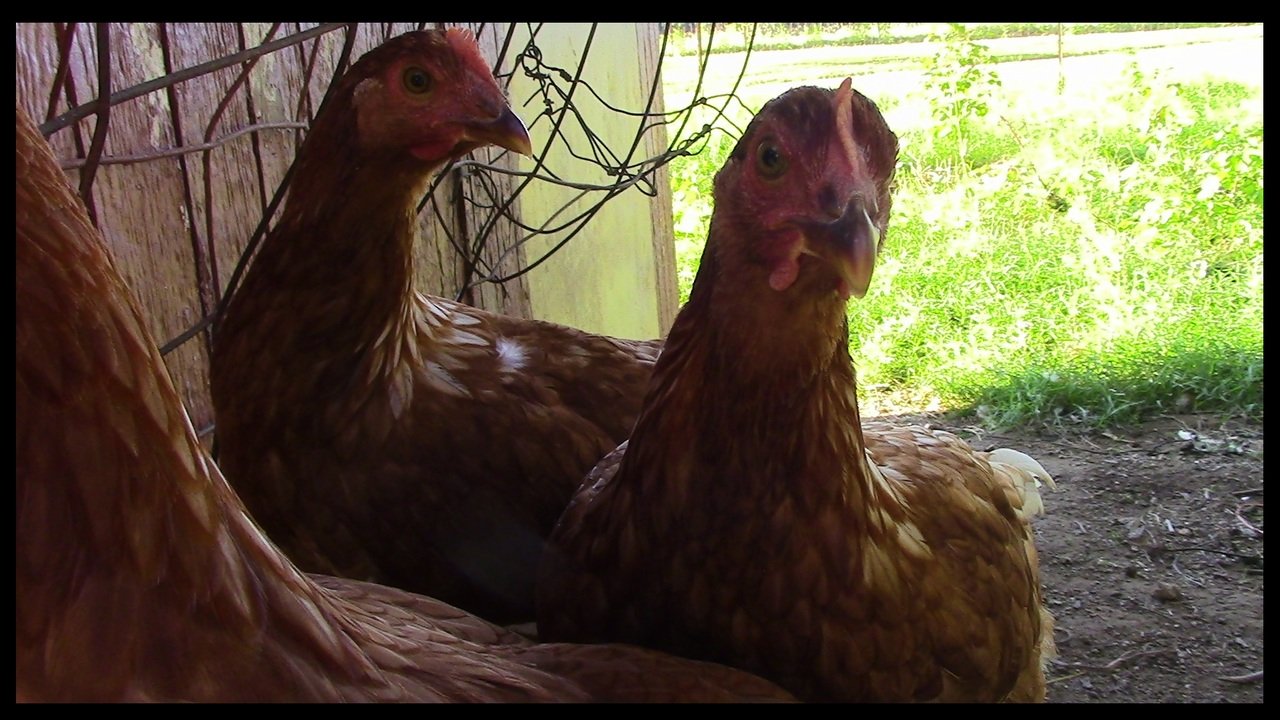
Since all we have so far is chickens, I’ll use them as my example. However, Guinea Fowl, Ducks, Quail, and other poultry can also be used in the same way. Basically, the benefits of having your own poultry, if you are able to, are many to begin with, but when you consider that many of them will peck at any little thing that moves, they can provide a great pest removal system too.
Not being one who likes to chase “domesticated” animals (though I’ll chase some wild ones almost anywhere), I have our chickens pretty well trained. Basically, I’ll call them over and when they come, I feed them Japanese beetles or grasshoppers as a reward for their obedience. When they are out free ranging, they’ll gobble up all sorts of insects.
This is great for multiple reasons. First, it gives the chickens more variety. When they can also be eating grass and insects instead of just the store-bought chicken feeds, it allows them to have a better diet. Secondly, it reduces the amount of insects around our yard and garden. Depending on how the garden is doing, there are times that I will specifically place the chickens in there just to deal with a pest issue.
Once word of warning on this matter; if you also allow your chickens to eat your garden waste, you may not want to introduce them to your garden. If they have grown accustomed to eating blemished and soggy tomatoes, they may be inclined to do the same thing to your ripening tomatoes. Please consider this ahead of time, because it is much better to prevent this ahead of time than to have your harvest ruined.
The spider removal that chickens and other poultry can provide is excellent as well. If we find one that we would rather not have around, I just call a chicken over, pick it up, and show it the spider. It’ll gladly gobble up the unsavory intruder and we won’t even have to touch or squish the spider! I like this a lot better, because then the spider's death can be useful, and provide food for our feathered friends.
LADY BUGS
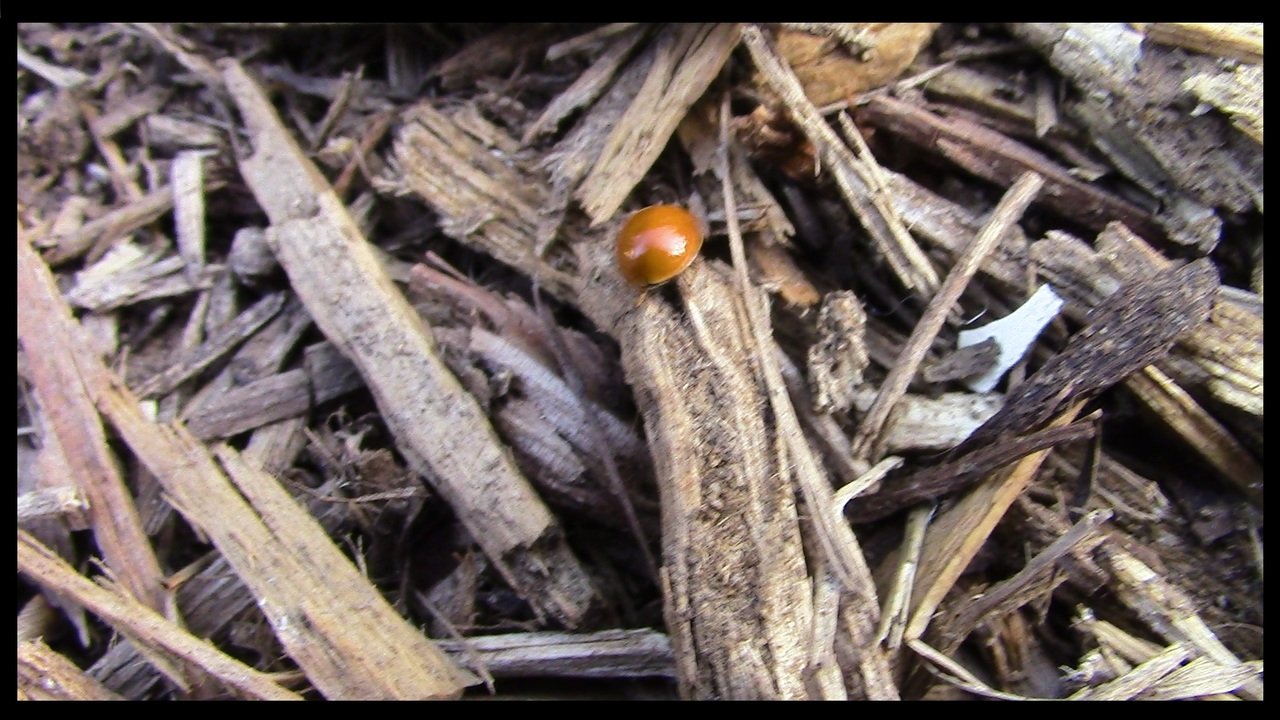
Now these are some tough ladies! Though there is a technical difference between the native Ladybugs and the Asian Lady Beetles, they are all in the same family and can serve the same purpose for gardeners.
In the garden, they can be a powerful ally in the war on Aphids and Scale insects, which can be a plague to many gardeners. I always enjoy seeing these little guys around the garden, because I appreciate their hard work and I know the job that they are doing.
Interestingly enough, many of the previously mentioned bug-eaters will leave the ladybugs alone. Their bright color, along with their unpleasant odor and taste, are enough to encourage chickens and other would-be predators to pass these helpful bugs up! It’s amazing how that works out in our favor!
FROGS

Though many frogs are commonly only found when a body of water is in the near vicinity, many other varieties exist that will gladly take up residence in your garden. This year, in Arkansas, we’ve had a lot of Cricket Frogs, and some Leopard Frogs and Grey Tree Frogs, that have all been quite content to make our garden their home.
Often, the dense foliage that some plants provide can be enough of a shelter for them. The moisture from a drip system or periodical watering can also benefit these amphibians. The Leopard Frog in the picture above is one of many that we have seen this year, and he certainly is not starving to death.
To see these guys on a consistent basis is encouraging for me. To see their fat little bellies is even more encouraging. These two signs mean that not only is there enough pests to keep them around, but they are eating them up on a frequent basis.
We have even been able to see some breed and bring forth a new generation, first as tadpoles and then as baby frogs, because of some of the water retaining methods that I am using in the garden. This means that the frogs that frequent our garden can bless us with our own new generation of hoppy little pest eaters.
CONCLUSION
These incredible gardener's friends can be a great addition to just about any garden. Whether you just have a few pots on the balcony or are planting acres of crops, there are some great animals that would not mind being enlisted in your battle against undesirable insects.
As I progress and increase the amount of earth that I am reaping a harvest from by putting in a garden on a much larger scale and using some permaculture landscaping concepts to build my food forest, the blessing that each of these little creatures can provide will become all the more valuable to me. Since I cannot trust in the chemicals of man in the same way that I trust these creatures, even if they can’t kill as many insects as the “best chemicals available”, they will still be my first choice. (As I proofread this, I think I'll coin the term "Ace Ventura Gardening" to describe this method.)
As I fit various rock piles and ponds into the landscape, it will only create that much more suitable of an environment for many of these little friends of mine.
There is an interaction with our food supply and with the various creatures of this earth that we have constantly been departing from ever since the beginning. I for one, am opting out of the concrete jungle and returning to the land and to the earth. I desire to live free and healthy, and to do so as I appreciate the plants and animals around me.
As always, I’m @papa-pepper, and here’s the proof:
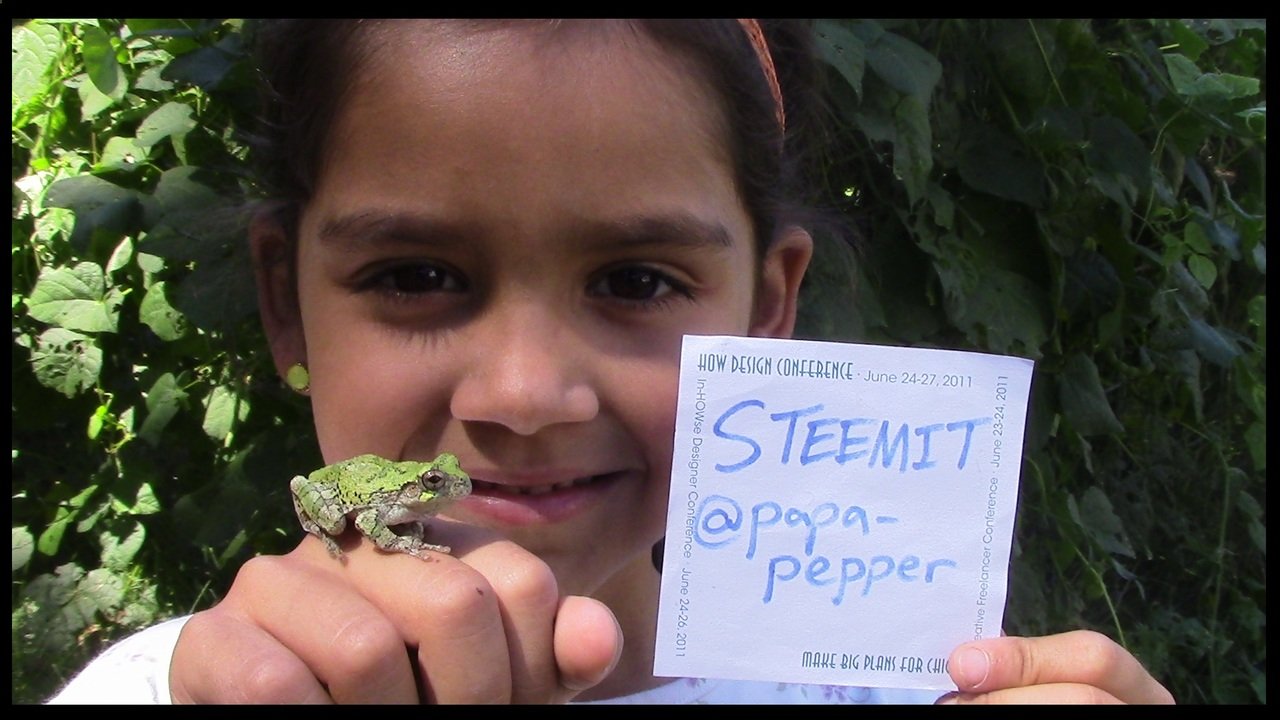
proof-of-papa-pepper’s-pest-control-posse-member

Awesome Handcrafted @papa-pepper logo kindly donated by @vlad - Thank you!!
